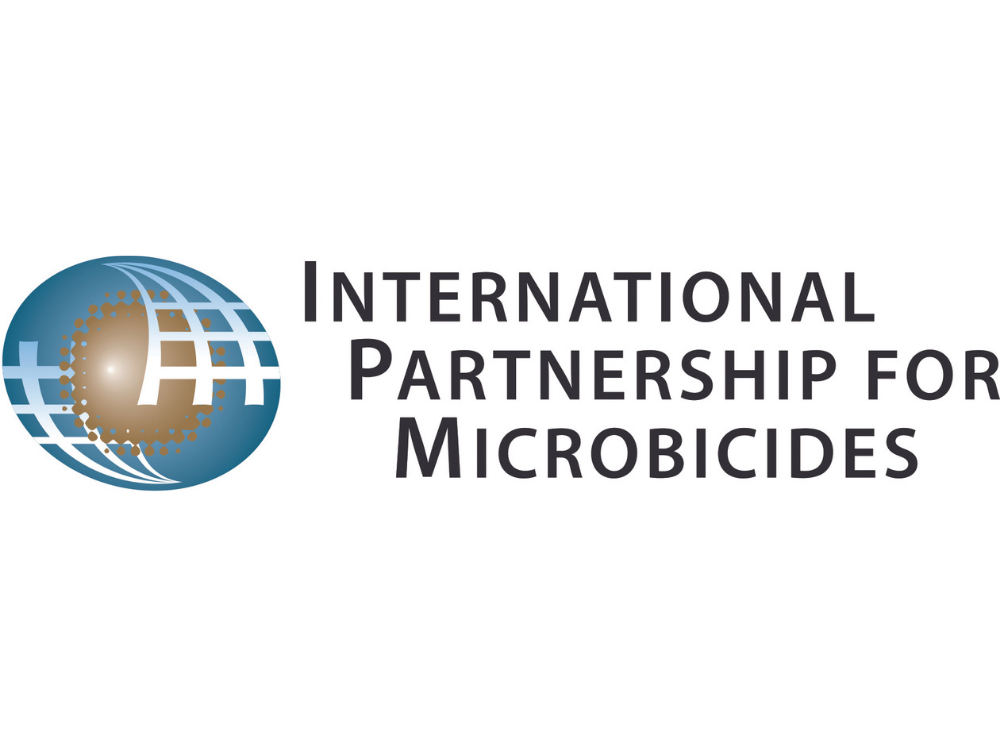Type of technology
Intra-vaginal ring
Administration route
Topical (Vaginal)
Development state and regulatory approval
Dapivirine (DPV)
Marketed
Positive scientific opinion from the European Medicines Agency for use among women ages 18 and older in developing countries. in WHO guidelines
Description
Silicone matrix vaginal ring delivering dapivirine over one month.
Developer(s)

IPM's mission is to develop HIV prevention products and other sexual and reproductive health technologies for women, and to make them available and accessible where they are urgently needed.

The Population Council is a leading research organization dedicated to building an equitable and sustainable world that enhances the health and well-being of current and future generations. We generate ideas, produce evidence, and design solutions to improve the lives of underserved populations around the world.
Technology highlight
The ring is made of a flexible silicone polymer and contains the ARV dapivirine, an NNRTI, which is dispersed in the silicone matrix and slowly released over the course of a month. The ring delivers dapivirine directly at the site of potential HIV infection, with low systemic absorption. Women insert the flexible, long-acting ring themselves into the vagina and replace it every month.
Illustration(s)
Technology main components
Dapivirine 25 mg and silicone
9 to 13 USD/ring
Delivery device(s)
Silicone vaginal ring
APIs compatibility profile
Dapivirine
Not provided
Not provided
< 10 wt%
1 single API : Still being investigated
Not provided
Dapivirine LogP = 5.6
Scale-up and manufacturing prospects
current scale: ~9000 rings future scale (2022 and beyond): ~45000 rings
injection molding machine mixer automated inspection machine automated packaging machine
GMP ISO class 8 area
HPLC tensile tester dissolution apparatus analytical balance
Excipients
silicone elastomer for extended use
excipient has been included in regulatory dossier for product
No residual solvent used
Additional features
- Drug-eluting
- Removable
- Molded
- Room temperature storage
- At least 1 year shelf life
Releases dapivirine over a one-month period
Not Applicable
There were no safety concerns with long-term use of the ring in Phase III clinical studies. Data from two open-label (Phase IIIB) studies show a similar favorable safety profile as do 12 smaller safety studies.
ICH Climate Zone IV (A/B)
5 years shelf life This product does not require specific temperature storage conditions. Store in the original package to protect from light.
Therapeutic area(s)
- HIV
- Pre-Exposure Prophylaxis (PrEP)
Potential associated API(s)
Use of technology
- Administered by a community health worker
- Administered by a nurse
- Administered by a specialty health worker
- Self-administered
Monthly
Phase III and open label extension studies indicate a high user acceptance
Targeted user groups
- Adolescents
- Adults
- Female
Yes
Yes
Yes
Women at substantial risk of contracting HIV through receptive vaginal sex
microbicide
Marketed
Not provided
Prevention of HIV infection through vaginal sex
women older than 18 at substantial risk of contracting HIV through vaginal sex
1 month
Positive scientific opinion from the European Medicines Agency for use among women ages 18 and older in developing countries. in WHO guidelines
Publications
Background
Expanded HIV prevention options are needed to increase uptake of HIV prevention among women, especially in generalized epidemics. As the dapivirine vaginal ring moves forward through regulatory review and open-label extension studies, the potential public health impact and cost-effectiveness of this new prevention method are not fully known. We used mathematical modeling to explore the impact and cost-effectiveness of the ring in different implementation scenarios alongside scale-up of other HIV prevention interventions. Given the knowledge gaps about key factors influencing the ring’s implementation, including potential uptake and delivery costs, we engaged in a stakeholder consultation process to elicit plausible parameter ranges and explored scenarios to identify the possible range of impact, cost, and cost-effectiveness.
Methods and findings
We used the Goals model to simulate scenarios of oral and ring pre-exposure prophylaxis (PrEP) implementation among female sex workers and among other women ≤21 years or >21 years with multiple male partners, in Kenya, South Africa, Uganda, and Zimbabwe. In these scenarios, we varied antiretroviral therapy (ART) coverage, dapivirine ring coverage and ring effectiveness (encompassing efficacy and adherence) by risk group. Following discussions with stakeholders, the maximum level of PrEP coverage (oral and/or ring) considered in each country was equal to modern contraception use minus condom use in the two age groups.
We assessed results for 18 years, from 2018 to 2035. In South Africa, for example, the HIV infections averted by PrEP (ring plus oral PrEP) ranged from 310,000 under the highest-impact scenario (including ART held constant at 2017 levels, high ring coverage, and 85% ring effectiveness) to 55,000 under the lowest-impact scenario (including ART reaching the UNAIDS 90-90-90 targets by 2020, low ring coverage, and 30% ring effectiveness). This represented a range of 6.4% to 2.2% of new HIV infections averted. Given our assumptions, the addition of the ring results in 11% to 132% more impact than oral PrEP alone. The cost per HIV infection averted for the ring ranged from US$13,000 to US$121,000.
Conclusions
This analysis offers a wide range of scenarios given the considerable uncertainty over ring uptake, consistency of use, and effectiveness, as well as HIV testing, prevention, and treatment use over the next two decades. This could help inform donors and implementers as they decide where to allocate resources in order to maximize the impact of the dapivirine ring in light of funding and implementation constraints. Better understanding of the cost and potential uptake of the intervention would improve our ability to estimate its cost-effectiveness and assess where it can have the most impact.
Useful links
Collaborate for development
Consider on a case by case basis, collaborating on developing long acting products with potential significant public health impact, especially for low- and middle-income countries (LMICs), utilising the referred to long-acting technology
Share technical information for match-making assessment
Provide necessary technical information to a potential partner, under confidentiality agreement, to enable preliminary assessment of whether specific medicines of public health importance in LMICs might be compatible with the referred to long-acting technology to achieve a public health benefit
Work with MPP to expand access in LMICs
In the event that a product using the referred to long-acting technology is successfully developed, the technology IP holder(s) will work with the Medicines Patent Pool towards putting in place the most appropriate strategy for timely and affordable access in low and middle-income countries, including through licensing




